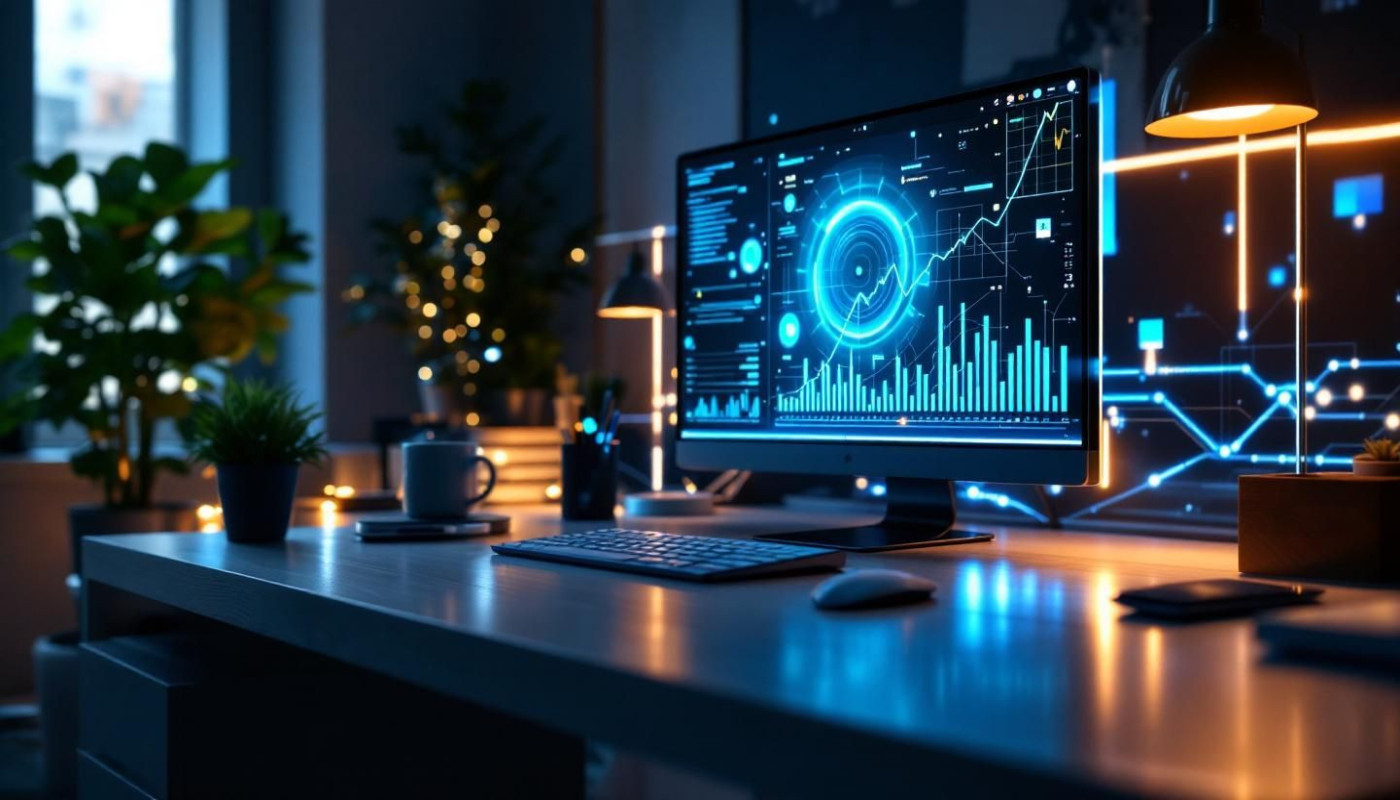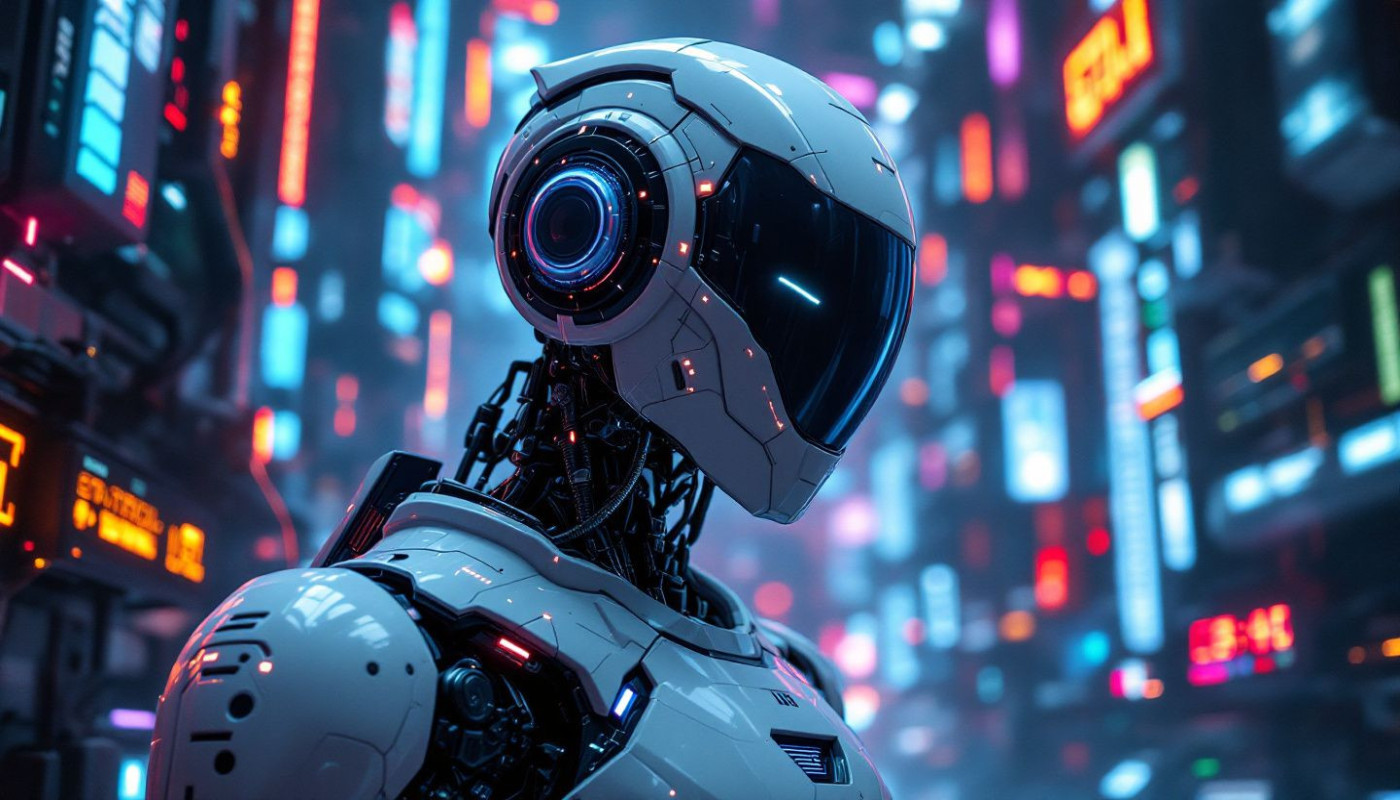Table of contents
Witness a transformation in the world of photo and video editing as artificial intelligence takes creative expression to new heights. Explore how AI technologies streamline workflows, empower creators, and enable imaginative possibilities previously thought unattainable. Continue reading to uncover the innovative ways AI is redefining artistry and storytelling in digital media.
AI-driven automation in editing
Artificial intelligence is transforming the creative workflow in photo editing and video editing by automating labor-intensive tasks that once consumed hours of manual effort. AI automation now enables rapid background removal, precise color correction, and accurate object recognition, freeing creative professionals from the monotony of repetitive adjustments. These advancements are made possible by machine learning algorithms, which are systems designed to learn from vast datasets and improve their performance over time without specific programming for each task. By leveraging artificial intelligence, editors can dedicate more energy to imaginative aspects of their work, rather than technical fine-tuning. This shift not only increases efficiency but also elevates the quality and consistency of creative output, reshaping the way digital imaging projects are approached and executed.
Enhancing creativity with smart tools
AI-powered creative tools are dramatically reshaping the landscape of photo and video editing by offering innovative solutions that foster experimentation and originality. These tools utilize advanced neural networks—complex computational models inspired by the human brain—to analyze visual content and suggest personalized enhancements. Such technology allows users to apply AI filters that automatically adjust colors, lighting, and composition, as well as introduce unique photo effects not easily achievable through manual editing. Style transfer, a technique powered by these networks, enables the seamless blending of artistic styles from famous paintings or cinematic visuals into personal projects, expanding the realm of video creativity. By automating intricate editing processes and generating creative suggestions, AI tools empower both amateur and professional creators to explore uncharted visual aesthetics, challenge conventional boundaries, and rapidly iterate on new ideas, fundamentally advancing the possibilities for digital artistic expression.
Personalized editing experiences
AI customization transforms the editing interface into a tailored workspace by analyzing user habits, project types, and creative objectives. Adaptive software leverages user behavior modeling, a process in which the system collects and interprets data on individual actions, preferences, and workflows. This enables the editing interface to suggest relevant tools, automate repetitive tasks, and streamline access to frequently used features, all of which significantly enhance user experience. For novice editors, these personalized editing features reduce overwhelm, provide guidance, and accelerate skill development. In professional contexts, adaptive software optimizes productivity, allowing experts to fine-tune their creative output while minimizing manual adjustments. User behavior modeling stands at the core of this revolution, ensuring that every editing journey is unique, efficient, and aligned with the user's vision and expertise level.
Real-time collaboration and feedback
AI collaboration is driving a transformative shift in real-time editing by enabling teams to work together seamlessly, regardless of location. With cloud-based AI, creative professionals can access shared projects through secure online platforms, allowing multiple users to edit, review, and comment on photo and video content simultaneously. This advanced infrastructure leverages distributed computing and machine learning resources hosted online, ensuring that all changes are instantly synchronized and accessible to every collaborator. Automated review features, powered by AI, streamline the team workflow by detecting inconsistencies, highlighting areas needing improvement, and providing instant feedback to all contributors. These tools can even suggest smart enhancements, speeding up approval cycles and minimizing human error. As a result, productivity soars and creative teams can focus on innovation rather than tedious revisions. For example, platforms like AI Image Generator showcase how real-time, AI-powered feedback can be integrated into collaborative editing suites, inspiring efficient teamwork and elevating the quality of finished projects.
Democratizing creative expression
Artificial intelligence is democratizing creativity by transforming how people of all backgrounds approach photo and video editing. AI accessibility enables individuals with limited technical expertise to harness advanced editing techniques once reserved for professionals. Easy photo editing tools, powered by smart algorithms, simplify tasks like background removal, style transfer, and color correction, empowering users to realize their creative visions effortlessly. In video storytelling, AI-driven features automate complex edits, suggest scene improvements, and even generate subtitles, making high-quality content creation achievable for a wider audience. This shift leads to greater creative innovation, as diverse perspectives emerge and digital storytelling becomes richer and more varied. Generative AI, a technology that learns from vast datasets to produce new content, plays a pivotal role in this transformation. By automatically generating images, effects, or even complete video segments, generative AI removes technical barriers and inspires imaginative work, fostering a more inclusive and dynamic creative community.
On the same subject

Enhancing Your Tech Ecosystem For Better Workflow

Understanding The Impact And Recovery Process Of Ransomware On Businesses

Exploring The Future Of Automated Infrastructure Management Platforms

How Linux Patch Management Contributes To Overall System Security

Exploring The Security Implications Of AI In Everyday Computing

How Generative AI Is Revolutionizing Data Analysis And Interpretation

Discovering the Hidden Dangers of Deepfake Technology

Artificial Intelligence: Threat or Boon to Cybersecurity?

Quantum Computing: Is it the Future?

